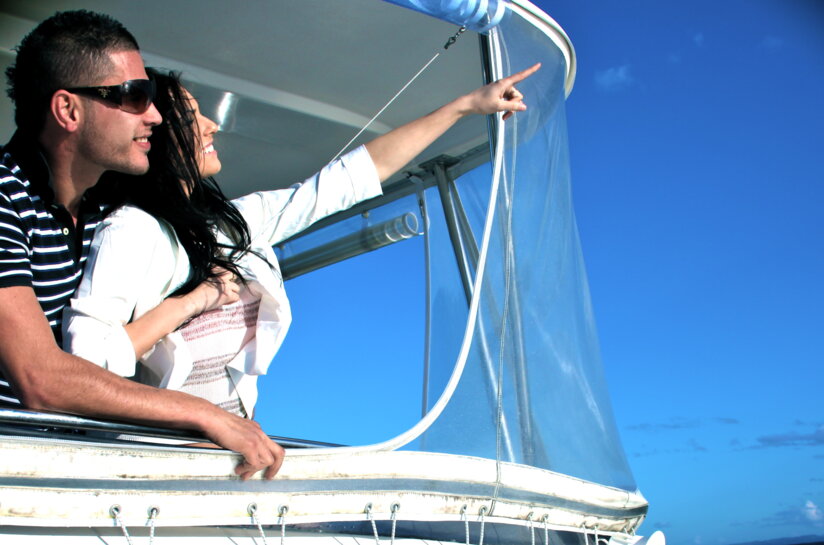Minimum Deposit Online Casinos Australia
When it comes to finding the best minimum deposit online casinos, Australians should be looking for a casino that offers generous bonuses and fast payouts. It should also offer a wide variety of payment methods and top-notch customer support. Fortunately, there are many options available to Australian players, including cryptocurrencies and popular e-wallets such as ecoPayz, Neteller, and Skrill.
Choosing a Low-Deposit Casino
If you are an Aussie player, then you know that gambling can be expensive. This is why many online casinos have adopted a low-deposit system. A low-deposit casino is perfect for players who don’t have a lot of cash to spare and want to try their luck at winning real money. These casinos accept a range of different currencies, including AUD, and they have plenty of games to choose from.
The best minimum deposit online casinos Australia should be licensed by a recognized regulator, and it should also have a 24/7 customer support service. This ensures that the casino is safe, secure and reliable for all of its users.
These casinos can also accept a wide range of banking methods, including cryptocurrencies and other popular digital wallets. Most of these e-wallets are quick and easy to use, and they also offer lightning-fast deposits and withdrawals.
AU $10 Deposit Bonus
A number of casinos in Australia offer a bonus for new players who make a deposit of AU$10 or less. This bonus is available on a variety of different games, and you can use it to play for free before placing any bets. While this is a great way to test out the casino and see how well it suits you, be sure to read the terms and conditions thoroughly before making a deposit.
There are a number of online casinos that offer a $10 deposit bonus, and most have no restrictions on the types of games you can play with it. However, some of these bonuses may have high wagering requirements or withdraw limits.
Moreover, you should check whether the casino offers a wide range of bonuses and promotions to new players. Some of these bonuses can give you a huge advantage when playing for real money.
Some of these bonuses even come with free spins, which can be used to play a variety of different slots. In addition to these bonuses, some of the best Australian minimum deposit casinos also offer a welcome package that can be worth up to $2,000.
If you are a big fan of online casinos and would like to try your luck at them without spending a lot of money, then the best way to do this is to sign up with an online casino that accepts a low minimum deposit. These casinos will allow you to play a variety of games, including jackpot slots, table games and even live dealer games.
Wide range of gaming options
A good online casino will provide a wide range of gaming options, including a wide selection of table games and mobile pokies. These casinos also have a wide range of payment methods, including AUD and cryptocurrency. They also offer excellent customer support, which means that you can rest assured that your account will be in good hands.
Whales are some of the largest creatures in the world, and if they could play online casino games, they would surely have a unique experience. Ozwin Casino is a popular mobile online casino that offers a wide range of pokies for players to enjoy, and if whales could play, they would surely have a blast. Here’s what their experience might be like:
First of all, whales would need to have access to a computer or mobile device with an internet connection to be able to play at Ozwin Casino. They would need to create an account and deposit some money to start playing the pokies.
Once they have logged in, whales would be able to choose from a wide variety of pokies games. They could try their luck with classic pokies, progressive jackpot pokies, or the latest video pokies. Ozwin Casino has games from some of the best software providers in the industry, so whales would have plenty of options to choose from.
Whales would also be able to take advantage of the various promotions and welcome bonuses offered by Ozwin Casino. They could get free spins, match bonuses, and other rewards that would increase their chances of winning big.
When it comes to playing the pokies, whales would have to rely on their luck and intuition. They would need to spin the reels and hope for the best. The pokies at Ozwin Casino have different themes, symbols, and bonus features, so whales would have to pay attention to the game rules and strategies to maximize their winnings.
One of the advantages of playing pokies at Ozwin Casino is that whales would be able to play at their own pace. They could take their time to study the game mechanics, adjust their bets, or simply enjoy the visual and audio effects of the game. Ozwin Casino has pokies with different volatility levels, so whales could choose games that suit their playing style and budget.
Overall, if whales could play online casino games, their experience at Ozwin Casino would be exciting and rewarding. They would have access to a wide range of pokies games, bonuses, and promotions, and they would be able to play at their own pace. Who knows, they might even hit a jackpot and become the biggest winners at Ozwin Casino!




































